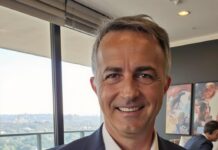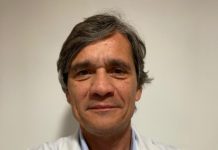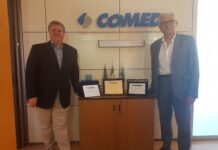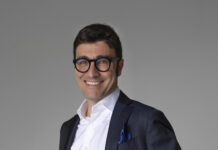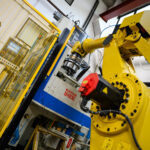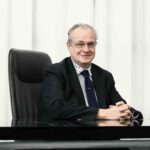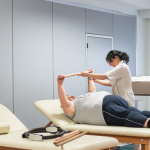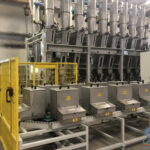In the Italian construction landscape, few sectors have evolved as rapidly as the field of prefabricated systems for window openings. Alpacom—now led by its third generation—has been part of this transformation since the 1970s, growing from a small artisanal workshop into a technological leader. Today the company is headed by Dr. Alice Carollo, who carries forward the legacy of her grandfather and parents with a clear vision: combining innovation, sustainability and social responsibility, making the family business increasingly future-oriented and at the forefront of the industry.
by Roberta Imbimbo
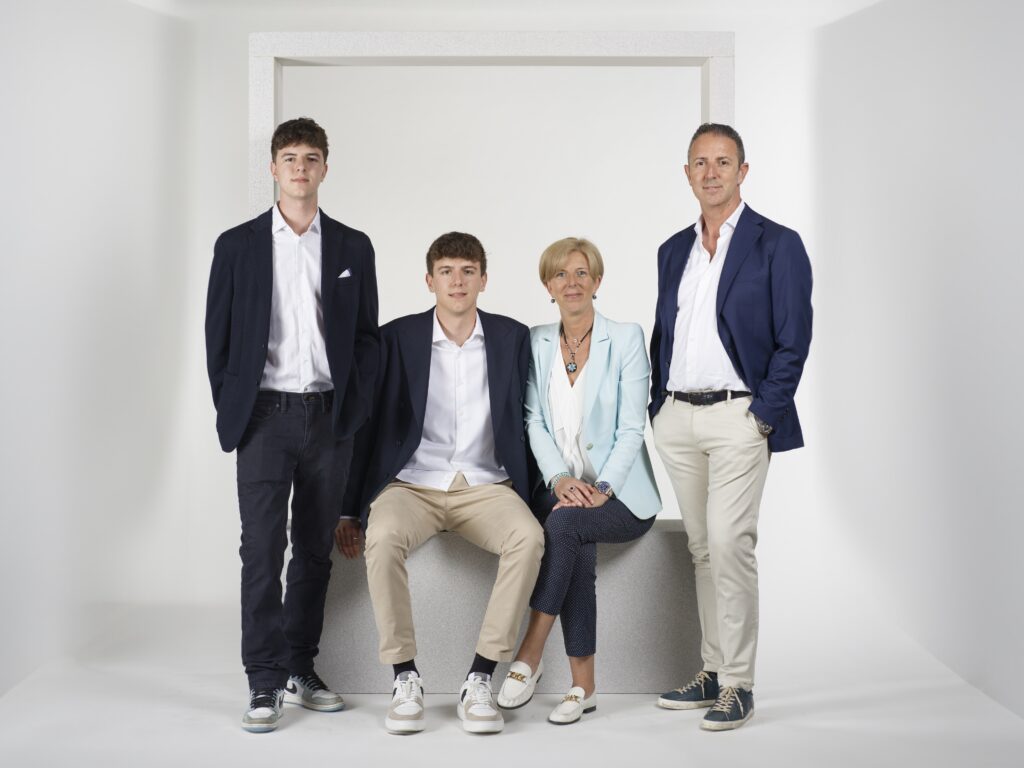
Dr. Carollo, Alpacom is a company with roots going back to the 1970s. How did your story begin?
Alpacom’s story is, above all, a family story. It began in the 1970s, when my grandfather laid the foundations of the company, inspired by three values that continue to guide us today: quality, innovation and service. In the years that followed, my parents carried that vision forward with the same passion and determination, strengthening the company’s identity. Today, with the third generation, we look to the future with the same pioneering spirit as the past. It is precisely this continuity of vision that has allowed us to evolve from a small artisanal business into a structured, innovative industry capable of investing in technology, research and development.

How has the construction sector changed over the decades?
At the time, the sector was very different: regulations were almost non-existent, construction sites required ingenuity, and every project posed a new challenge. Over time, however, construction has changed profoundly, pushing us to evolve alongside the market and adapt to new building requirements. Today, buildings are safer and more efficient from a thermal and acoustic standpoint, and innovation has become essential. Thanks to increasingly advanced materials, we can reduce heat loss and improve sound insulation. Our commitment has always been to anticipate trends by developing technologically advanced and environmentally respectful solutions. This ongoing dedication has earned us prestigious recognition and significantly expanded our presence in the market.
What is your main product?
Our core business is the production of prefabricated monoblocks for window openings. In practice, we manufacture the casing that houses a home’s roller shutter; the system includes thermal and acoustic insulation and highly innovative materials. It is a strategic component for a building’s energy efficiency and must be designed with the same attention given to a façade or roof. Our goal is clear: to simplify the work of construction professionals by offering prefabricated solutions that ensure high living comfort, excellent energy performance and real benefits for the people who live in those buildings.
You recently launched an innovative new product, VMC Salus. What is it, and how does it fit into the company’s growth strategy
The recent launch of VMC Salus marks another step forward in the evolution of Alpacom’s prefabricated systems. It is a Controlled Mechanical Ventilation system that constantly renews indoor air, supplying clean, healthy air to breathe. Thanks to this innovative technology, indoor air quality remains stable, humidity is regulated and living spaces are fresher and more comfortable.
But it’s not just about wellbeing: VMC Salus also contributes to the building’s overall energy efficiency. It reduces heat loss, has low energy consumption and improves the property’s energy rating. Combined with Alpacom’s insulated monoblock, VMC Salus provides maximum living comfort, proper air exchange and excellent energy performance—perfectly in line with the company’s mission to merge innovation, sustainability and wellbeing in modern buildings.
On this topic, how important is sustainability for your company?
It is absolutely central. For us, sustainability means not only complying with regulations, but designing solutions that genuinely reduce a building’s environmental impact. We use eco-friendly, recyclable and low-impact raw materials that guarantee high performance and durability. Our prefabricated systems reduce thermal dispersion, improve energy efficiency and integrate technologies such as mechanical ventilation to ensure healthier air and lower waste.
We also apply ESG principles in corporate management, focusing on production efficiency, waste reduction and consumption optimization. Our ISO 9001 and ISO 45001 certifications further demonstrate a concrete commitment that creates value for customers, communities and the environment—strengthening Alpacom’s reputation as a responsible, forward-thinking company.

What are your main strengths compared to competitors
Over more than 70 years of activity, we have gained in-depth knowledge of insulation regulations and the requirements needed to operate in public tenders, including CAM certifications. Today’s regulations are increasingly strict and environmentally driven: knowing how to interpret them and convert them into efficient, sustainable production processes is a competitive advantage that not everyone can claim.
Another strength is our human capital: a young, skilled and motivated team that approaches every challenge with enthusiasm and an innovative mindset.
How do you see the future of the sector
We believe innovation will continue to be the key to success, as the market increasingly demands systems that are high-performing, safe and sustainable. Only companies that continuously invest in research and development—as we do—can keep pace with the needs of modern construction and deliver buildings that are efficient and environmentally responsible.
In a sector that is constantly evolving, Alpacom demonstrates that innovation is not only about developing new technologies, but also about having the vision and courage to look ahead—building the future one window opening at a time.


